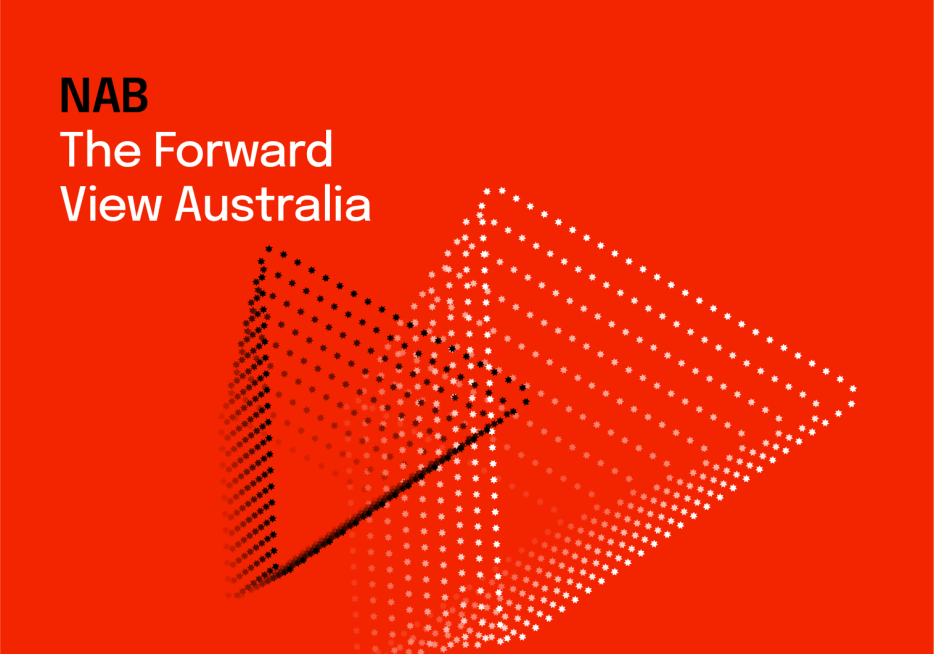Firmer consumer and steady outlook


Insight
Consumer stress rises as cost-of-living pressures continue to bite.
The NAB Consumer Stress Index increased in Q4 2022 but remains comfortably below the survey average. Stress associated with the rising cost of living continues to climb (now at a 4½ year high), with groceries, utilities and transport top of mind. With unemployment still low and beginning to translate into wage growth, stress arising from job security is still causing the least stress. That said, job stress is no longer falling, climbing noticeably in Q4. Consumer stress is highest among those aged 30-49 and in the $35-50,000 income group.
Consumers are still buying but are more considered in their spending. Around 4 in 10 consumers have cut back or stopped buying coffees or lunches, car trips to save petrol and entertainment. Consumers remain less prepared to cut back on private school fees or tutors, children’s activities, on pets, home services (e.g. house cleaning), insurances and gym, sports or club memberships.
If consumers are anxious about an impending economic slowdown, they are not yet revealing it, remaining relatively upbeat about the economy. That said, this is likely to be a lagging indicator, with NAB’s latest monthly transaction data indicating spending softened in December after a solid rise in November, largely driven by weakness in retail goods and spending on fuel, while some discretionary spending showed strength. The fall-off in retail may reflect changes in seasonal spending patterns, with Black Friday and early Christmas shopping bringing spending forward. Putting aside the month-to-month volatility, retail spending appears to have levelled off in recent months. While total spending was up 1.6% in the December quarter, this is the slowest quarterly growth rate this year and implies, at best, only a marginal rise in Q4 in real consumption (i.e. after accounting for inflation). Fiscal caution will be a feature of the year ahead with consumer expectations about making major purchases in the next 12 months also somewhat more pessimistic (particularly for major household items and cars). Consumers are still spending but switching to less expensive products to save money and researching to make more informed purchases. Fewer consumers are trying new products and are looking to trusted brands to help them manage current conditions – through deals, loyalty programs, subscriptions, budgeting tools & alerts and flexible payment options. This is providing important opportunities for customer retention.
Consumers have headed back to brick-and-mortar stores as shopping behaviours continue to “normalise”. NAB estimates around 13% of the total retail trade is now online, but growth is slowing (particularly compared to last year due to the base effects from lockdowns in 2021). In part, this also reflects consumers allocating more of their discretionary income to services.
A key theme of 2023 will be just how quickly inflation moderates after peaking in late-2022 – and ultimately whether the RBA has done enough to ease inflation. Consumer demand appears to be turning and will be a key factor to watch in early-2023 as the full impact of rate rises flows through. One thing is certain – consumers will have less disposable income so enticing shoppers to spend will need to be a key focus of many businesses in the year ahead.
NAB Consumer Sentiment Survey (Q4 2022)
© National Australia Bank Limited. ABN 12 004 044 937 AFSL and Australian Credit Licence 230686.